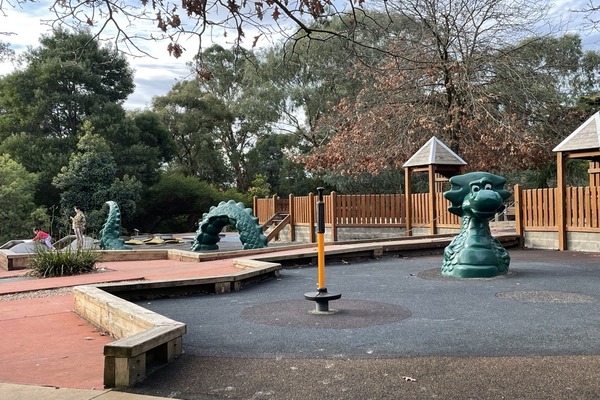Australia’s capital city office markets have shown remarkable resilience in the face of the impacts of COVID-19 over the first half of 2021, with the key exception being the Melbourne CBD where demand for office space fell by the largest level on record.
Australia’s aggregate vacancy rate for all office markets increased only slightly from 11.6 to 11.9 per cent for the six month period to July 2021, according to the Property Council of Australia’s Office Market Report. The report measures the levels of leased space, not worker occupancy of office space.
Overall CBD vacancy edged higher from 11.1 per cent to 11.2 per cent. While non-CBD markets also recorded a small vacancy increase, from 13.0 per cent to 13.6 per cent.
Property Council Chief Executive Ken Morrison said that the numbers reflect pleasingly solid demand for office amid the disruptions of the pandemic.
“Australia’s office markets have shown remarkable resilience over the past six months, with overall aggregate vacancy levels only increasing slightly,” Mr Morrison said.
“Excluding Melbourne, demand for CBD office space grew by 85,000 sqm over the six months, a result that few would have predicted given the impacts of the pandemic.
“In contrast, demand for space in the Melbourne CBD dropped by more than twice as much as its previous largest six-monthly fall on record.
“As a result vacancy in Melbourne CBD increased to 10.4 per cent, which also has some 220,000 sqm of new supply coming online over the next six months.
“While Sydney was the only other CBD market to experience an increase in vacancy, this was the result of a significant amount of new office space coming online – demand actually grew by 27,000 sqm.
“Vacancy in other capital cities all declined: Brisbane to 13.5 per cent, Perth to 16.8 per cent, Adelaide to 15.7 per cent and Canberra to 7.7 per cent.
“Vacancy results in non-CBD markets showed a broader spread, with half increasing and half declining. In aggregate, demand for office space in non-CBD markets was flat.”
Mr Morrison said office markets still faced considerable uncertainty.
“While office markets have shown pleasing resilience, challenges remain. Lockdowns continue and the impacts of the pandemic are still working through the economy, so CBD recovery needs to be a priority for governments at all levels.
“It is a CBD’s commercial strength that underpins its role as premier cultural, dining, entertainment, retail and tourism precincts for the broader population. It’s a future we all have a stake in,” Mr Morrison said.
Office vacancies are calculated on whether a lease is in place for office space, not whether a tenant’s employees are occupying the space or working from home.
Key results – six months to July 2021
- Aggregate Australian office market vacancy increased from 11.6 per cent to 11.9 per cent.
- Net absorption (demand) was -11,742 sqm over the six months to July 2021. The historical average is 147,051 sqm. Net absorption in Melbourne CBD was -96,635sqm.
- 200,044 sqm of space was added over the six months to July 2021. The historical average is 315,487 sqm.
- A total of 145,466 sqm was withdrawn over the period, slightly less than the historical average of 160,876 sqm.
- The markets with the strongest increases in net absorption (demand) were Canberra, Sydney CBD and Perth CBD.
- A total of 401,605 sqm of stock is due to be added to the CBD markets in the second half of 2021, more than one and half times the historical average of 238,915 sqm. Of this, 55% will be in Melbourne, 14% in Perth, 11% in both Canberra and Brisbane, and 9% in Sydney.









